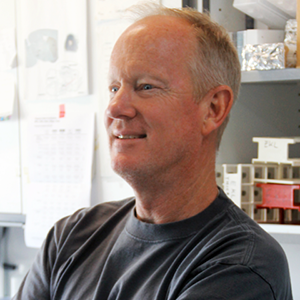A line of dopamine-deficient (DID) mice was generated to allow selective restoration of normal dopamine signaling to specific brain regions. These DD floxed stop (DDfs) mice have a nonfunctional Tyrosine hydroxylase (Th) gene because of insertion of a Neo(R) gene flanked by lox P sites targeted to the first intron of the Th gene. DDfs mice have trace brain dopamine content, severe hypoactivity, and aphagia, and they die without intervention. However, they can be maintained by daily treatment with L-3,4-dihydroxyphenylalanine (L-dopa). Injection of a canine adenovirus (CAV-2) engineered to express Cre recombinase into the central caudate putamen restores normal Th gene expression to the midbrain dopamine neurons that project there because CAV-2 efficiently transduces axon terminals and is retrogradely transported to neuronal cell bodies. Bilateral injection of Cre recombinase into the central caudate putamen restores feeding and normalizes locomotion in DDfs mice. Analysis of feeding behavior by using lickometer cages revealed that virally rescued DDfs mice are hyperphagic and have modified meal structures compared with control mice. The virally rescued DDfs mice are also hyperactive at night, have reduced motor coordination, and are thigmotactic compared with controls. These results highlight the critical role for dopamine signaling in the dorsal striatum for most dopamine-dependent behaviors but suggest that dopamine signaling in other brain regions is important to fine-tune these behaviors. This approach offers numerous advantages compared with previous models aimed at examining dopamine signaling in discrete dopaminergic circuits.
Cre recombinase-mediated restoration of nigrostriatal dopamine in dopamine-deficient mice reverses hypophagia and bradykinesia
Hnasko, T. S.; Perez, F. A.; Scouras, A. D.; Stoll, E. A.; Gale, S. D.; Luquet, S.; Phillips, P. E. M.; Kremer, E. J.; Palmiter, R. D.
2006
Proceedings of the National Academy of Sciences of the United States of America
2006-06-06 / vol 103 / pages 8858-8863
Abstract
0027-8424
IGMM team(s) involved in this publication

Eric J Kremer
Adénovirus : Récepteurs, Trafic Intracellulaire et Vectorologie
Étiquettes
canine adenovirus; neurons; food-intake; nucleus-accumbens; striatum; dorsal; feeding behavior; locomotor behavior; microdialysis; motivation; prolactin; reward; stimulation; tyrosine hydroxylase; viral gene transfer
